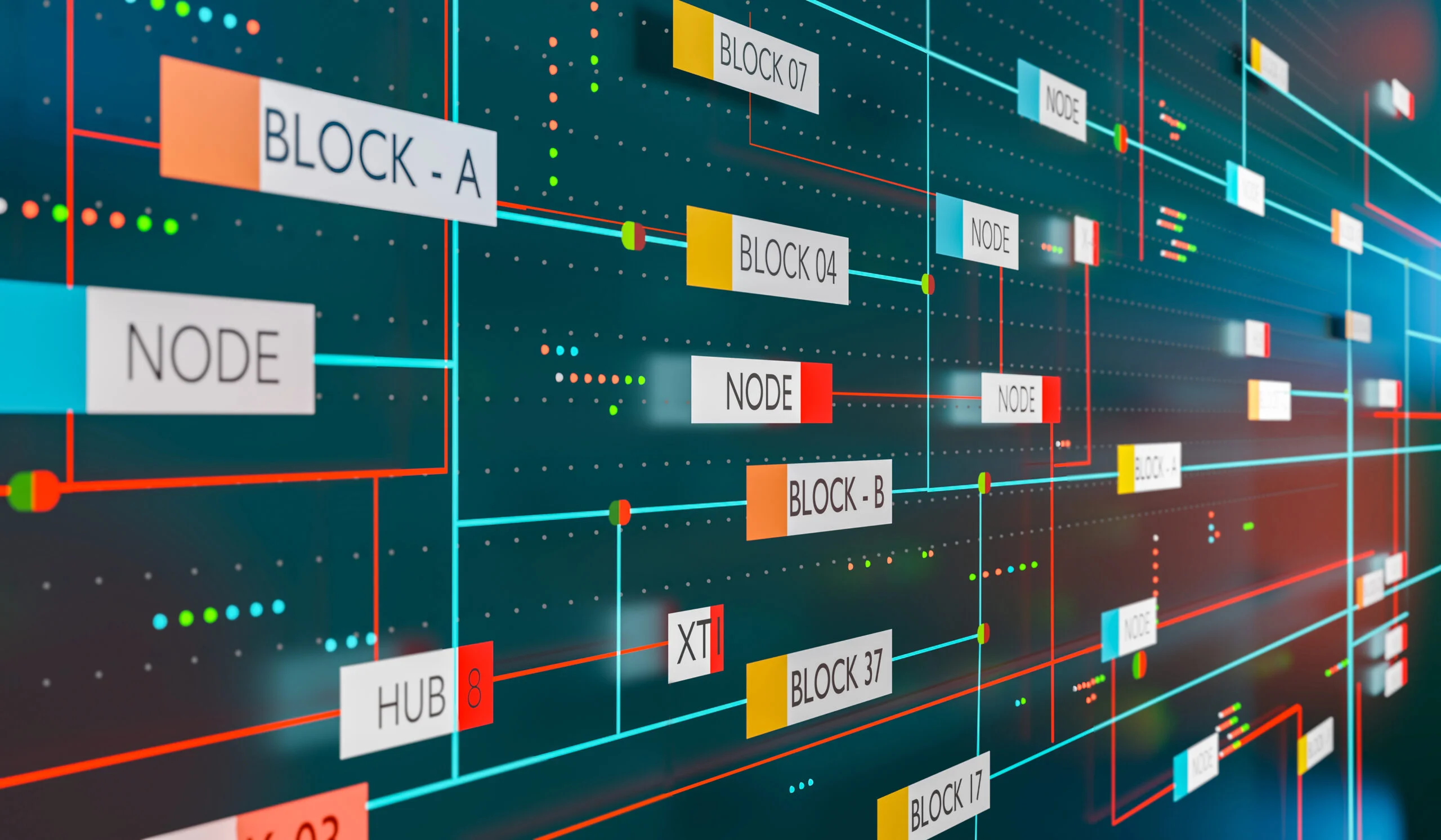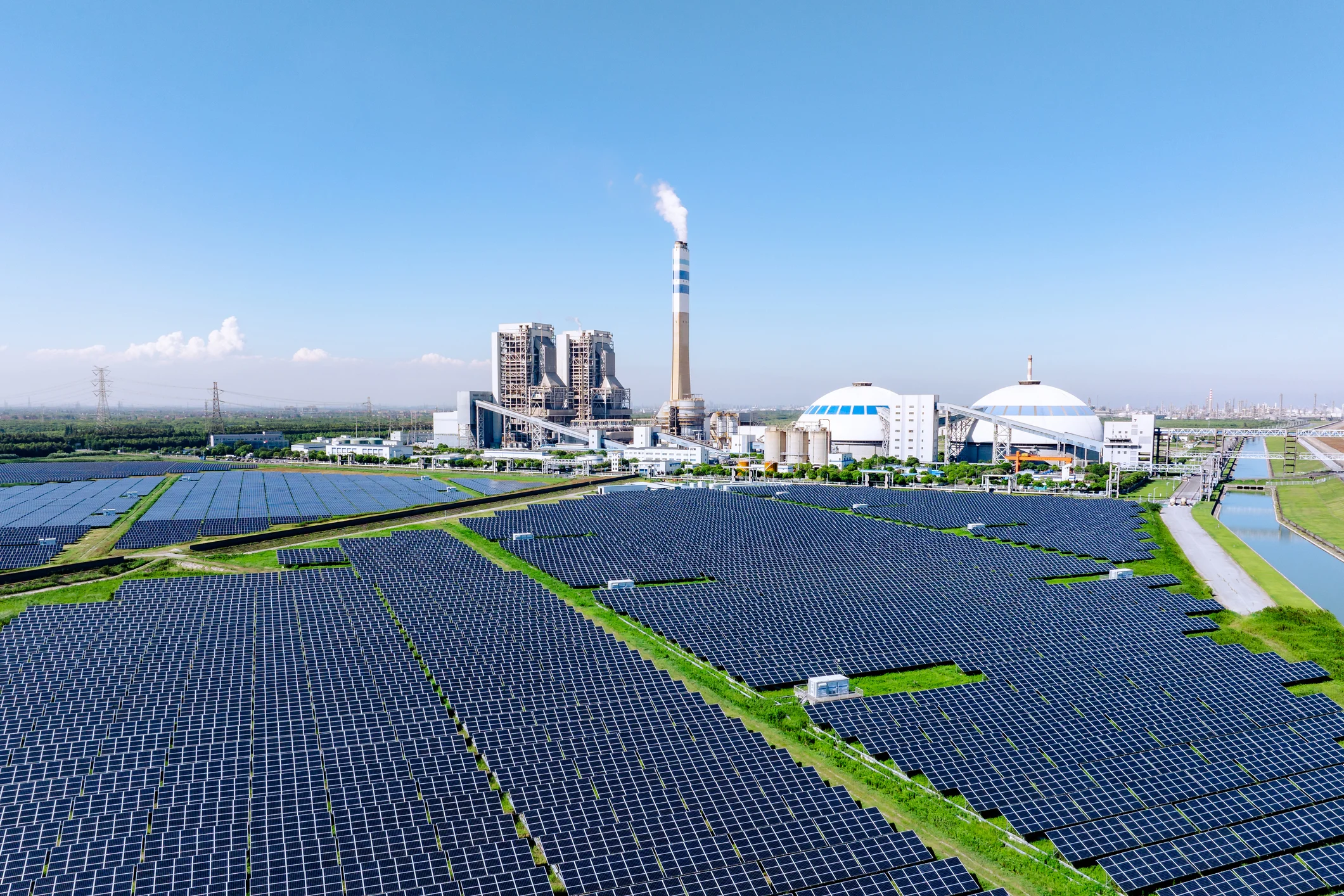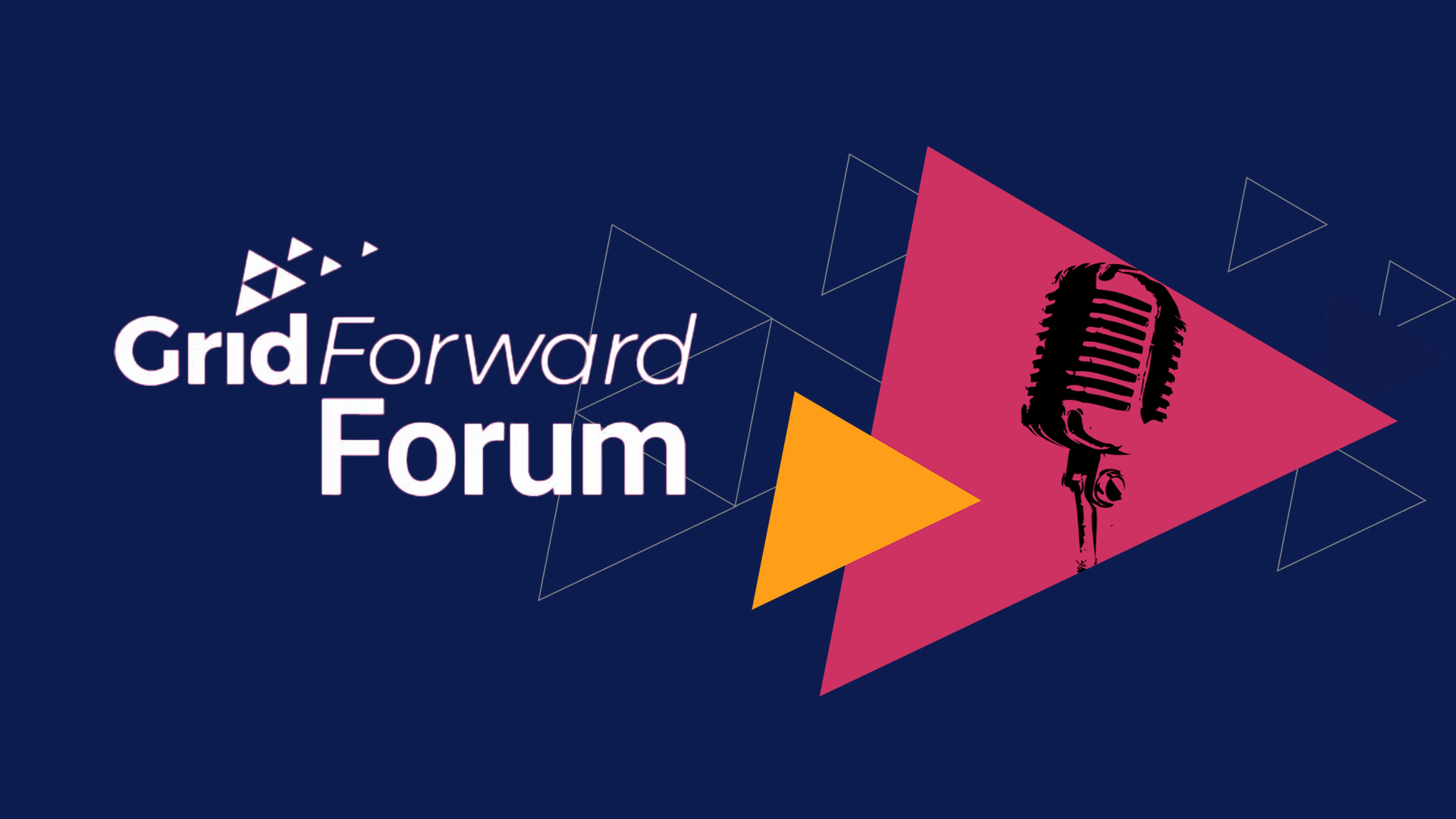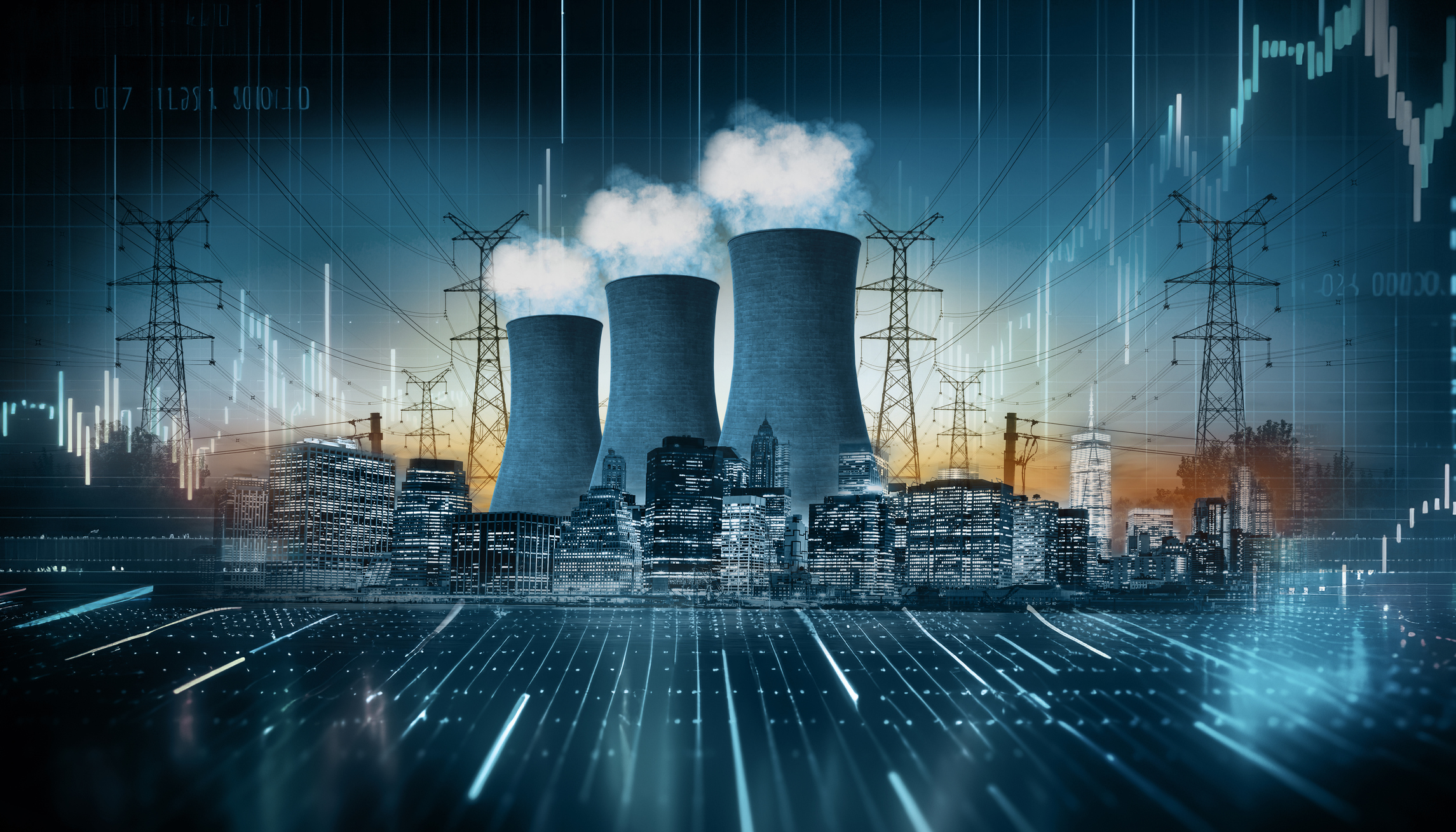Over Memorial Day Weekend, Virtual Peaker’s hometown of Louisville, Kentucky experienced unusually volatile weather, with hurricane-force winds that resulted in estimates of 75K outages. Crews worked diligently to restore power over a hectic holiday weekend, while customers questioned grid resiliency on social media channels, asking why their power would go out so easily.
If only they knew.
Grid operators understand the potential challenges in maintaining the electric grid, and the pain points that could result in outages. More importantly, they know the volume of electricity needed to meet demand, the exact figure needed at any one time to keep the lights on literally. Their business is too big to fail.
Currently, the intermittency of distributed energy resources presents a challenge to grid operators who require a precise understanding of exactly what they need to meet public needs and they need to know that with certainty. While demand flexibility programs like demand response, EV charging, or virtual power plants wouldn’t have directly prevented storm-related damage, demand flexibility does provide load management opportunities for grid operators.
Operationalizing distributed energy resources is critical to expanding the deployment necessary to mitigate climate change, and meet decarbonization and electrification objectives. How then can grid operators remove uncertainty from distributed energy resources?
Reliability is King
For grid operators, the only job that matters is safely and affordably keeping the power grid in balance. While erratic and extreme weather and climate events are on the rise, most outages are related to distribution system issues, challenges surmountable through coordinated load management strategies. The grid itself was set up with the potential for failure built in; like the breakers in your house, transformers, and substations manage the flow of energy along different nodes in the grid, cutting power when unsafe.
Still, grid operators need energy assets they can rely on to balance the grid, and they need to know they can depend on it. Unfortunately, the intermittency of distributed energy resources has proven an obstacle to these devices’ widespread adoption and deployment. Now, imagine if grid operators could know with certainty exactly what they can get from the DER assets in their system, and how they can apply it reliably?
Wanted: More Virtual Power Plants
McKinsey reports that the total number of annual thunderstorm-risks per year will increase by 66% by 2050. As aggregated and employed as a virtual power plant, distributed energy resources have proven promising for many places like Puerto Rico or New York as preventative tools to enhance grid resiliency. Running parallel to these efforts, the Department of Energy reports that deploying 80-160 GW of virtual power plant capacity by 2030 could lower spending on grid peaker plants while supporting electrification efforts. Still, to realize the potential of virtual power plants, the aforementioned intermittency in distributed energy resources has to be addressed. So what next?
How Topline Demand Control Operationalizes Distributed Energy Resources
Topline demand control is a novel solution that combines distributed energy resource management systems (DERMS); load forecasting software; and model predictive control with artificial intelligence to provide the current and future available aggregate DER dispatch capabilities. That’s a lot to unpack, so let’s take a closer look.
DER Adoptions, the DERMS Market, & LEMs
In a 2023 Woodmac report, analysts estimate that the U.S. distributed energy resource market will nearly double by 2027. This is paralleled by the estimated growth in the distributed energy resource management system (DERMS) market, which is similarly experiencing rapid growth. This increased adoption has led to the explosion of local energy markets (LEMs) that offer decentralized, communally generated energy assets that grid operators can deploy to meet rising demand. These assets represent opportunities for utilities to meet decarbonization goals while meeting public electric needs.
Still, these assets are only useful if they are measurable on demand. Let’s look at how topline demand control provides certainty for grid operators as more than an aspirational resource.
Making Demand As Reliable As A Gas Turbine
The tagline for topline demand control cuts to the chase for grid operators: making demand as a gas turbine. Gas turbines like peaker plants can reliably meet output needs at an operator’s discretion. Of course, this is achieved through the continued application and maintenance of peaker plants, which are neither energy-efficient nor environmentally friendly. But that certainty of output is exactly why peaker plants have persevered as a reasonable solution to energy insecurity, and the reason that distributed energy resources have been so slow to move from an optimistic project to a practical reality.
Through the use of artificial intelligence and forecasting software, grid operators can obtain the exact aggregate demand available with certainty. Topline demand control uses real-time control and optimization to provide system operators with 24-hour predictions of future hourly DER demand AND dispatch capabilities. Through constant optimizations, topline demand control removes the guesswork for grid operators by eliminating the uncertainties associated with the intermittency of distributed energy resources. Now, grid operators can bank on the exact demand they need as they need it.
Distributed Energy Resources Entering the Control Room Conclusion
The Energy Information Administration reports that U.S. electricity customers experienced roughly 5.5 hours of electricity interruptions in 2022. These interruptions to service were caused by numerous factors, including weather, extreme temperature days, and accidents. Already, weather-related power outages are on the rise, meaning higher electric bills for customers and increased energy insecurity as the grid is overtaxed, with some reports even indicating that climate change could cost U.S. citizens alone $500K apiece. Coupled with sobering grid infrastructure upgrades, topline demand control offers a lifeline to grid operators looking for a reliable solution to the intermittency of distributed energy resources.





